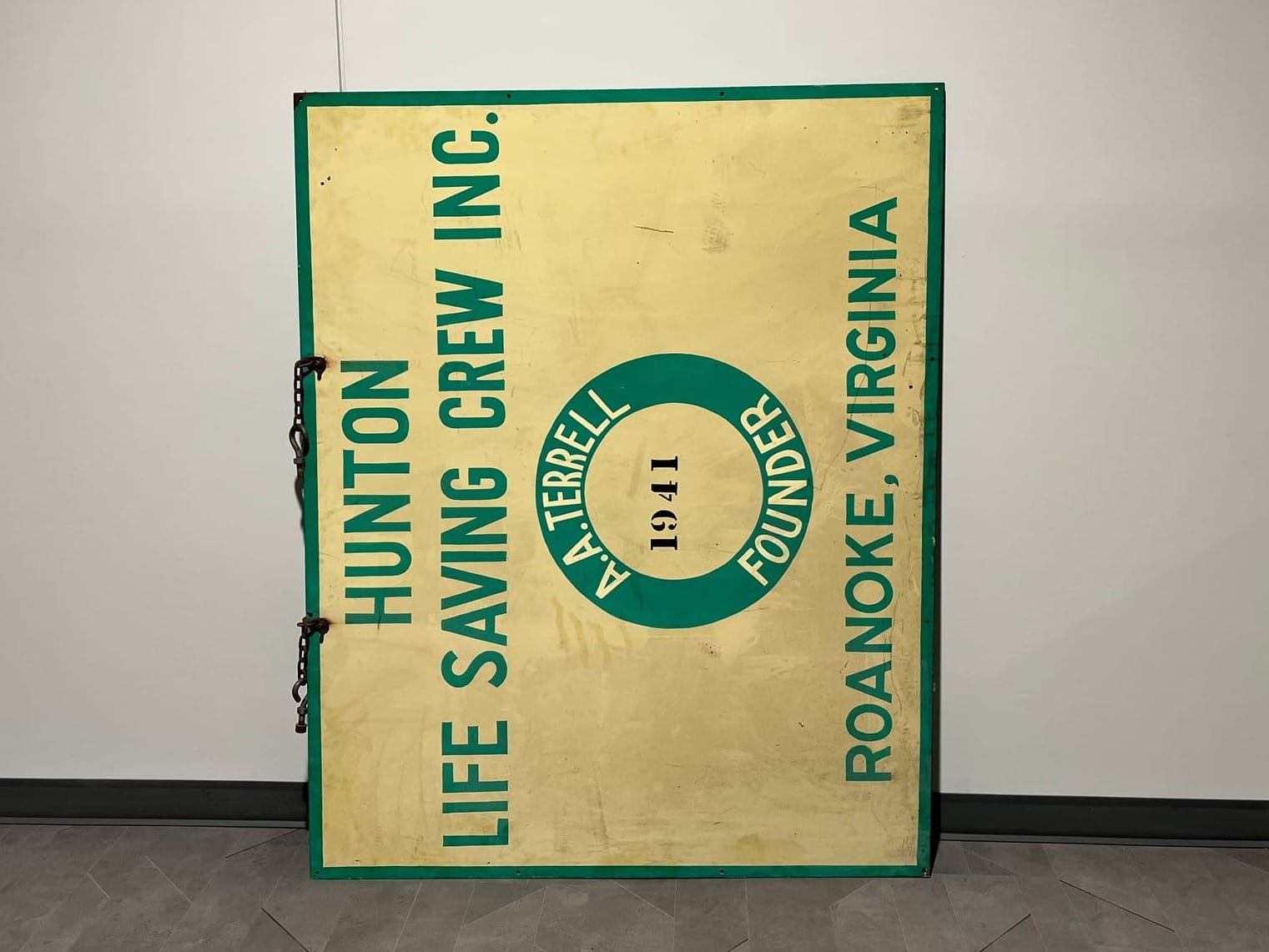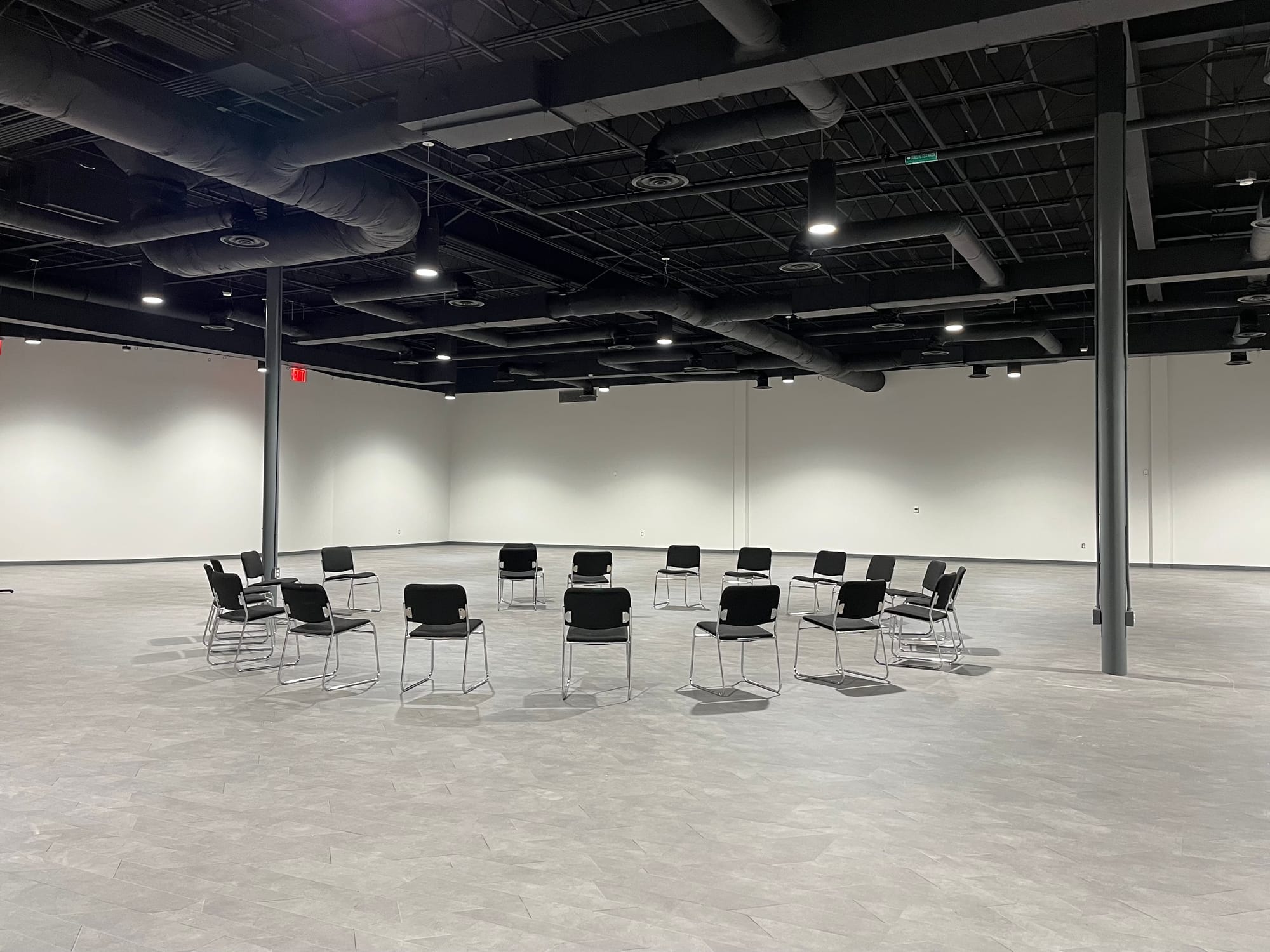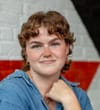Four Quadrants, One City: Q&A with E.B. Smith, Director of Roanoke's Harrison Museum of African American Culture
In this new Q&A series, we invite the community to reflect on living in a divided city. We sit down with E.B. Smith, executive director of the Harrison Museum of African American Culture.
Roanoke’s four quadrants reveal a deep and persistent divide.
While legal segregation ended with the Civil Rights Act of 1964, its legacy continues to shape cities and their neighborhoods across the country. In Roanoke, access to education, job opportunities and even how long you live can look vastly different depending on the ZIP code you were born in. Just a few miles apart, life in Roanoke can often feel worlds away.
In this new Q&A series, The Rambler invites members of the community to reflect on what it means to live in a divided city. By sharing perspectives across generations, backgrounds and quadrants, we hope to spark honest conversations that are too often left unspoken.
This month, we sat down with E.B. Smith, the executive director of the Harrison Museum of African American Culture, in the museum’s new home at Melrose Plaza. As the museum prepares for its soft opening in November, Smith discussed carrying on the legacy of a 40-year-old institution, the museum’s move from downtown to Northwest and the power of the museum to connect across cultural and historical boundaries. The museum is set to officially reopen in February, the start of Black History Month.
This interview has been edited for length and clarity. If you or someone you know is interested in being interviewed for this series, please reach out to sinclair@roanokerambler.com.
VIDEO BY SINCLAIR HOLIAN FOR THE ROANOKE RAMBLER
For those who might not know you, please introduce yourself.
My name is E.B. Smith. I'm the executive director of the Harrison Museum of African American Culture, and I'm relatively new to Roanoke. I moved here in May of 2024. I teach at Hollins University, and so I was familiar with the area. While I was teaching at Hollins, I met my wife, and then I never left.
I got hooked up with the Harrison when I was doing a play, actually, at Mill Mountain Theatre. I was an actor for a long time, and we were doing “The Mountaintop” [a play that imagines Dr. Martin Luther King Jr.’s final night] there. And we had a reception at the old Harrison Museum downtown, where I met Charles and Anita Price, who started talking to me about this incredible opportunity to move to Melrose Plaza, and what it meant organizationally, which was a huge change. And I happened to do organizational development and strategic planning, so I offered to help, and they hired me to do strategic planning.
I turned in the plan, and they said, “Great, when do you start?” So here I am, eight months later, now doing the job, and it's such an honor to be a steward of this museum as we move to this location. It means a lot.
For those who might not know about the museum’s history, talk us through the journey of the Harrison Museum from its founding in 1985 to its opening in this space in Melrose Plaza.
So the museum began as the first floor of the Harrison School building. The Harrison School was a segregated Black school here in Roanoke. And when segregation ended legally, there was a real movement to try to figure out what to do with the school. And so the Harrison Museum became the first floor of the school, and then the rest of the building was housing, and it's still housing.
One of the things about this place that really inspires me is that we're not the Harrison Museum of African American History. We are the Museum of African American Culture. And to me, that distinction is really important, because culture is alive, culture is a dialog and culture is ever-evolving. And that was part of, I think, the impetus to move down to Center in the Square. You know, we wanted to make it accessible to more people.
I think as we enter this new era, you know, we're returning to the community we started in. And I think that the mission behind Melrose Plaza is really important to integrate into this idea of culture. Melrose Plaza exists to help to mitigate adverse health outcomes. It's addressing the social determinants of health: access to food, access to education, access to literature, access to health care. And then we're here to help provide access to culture. And I think without that, there's a hole, right?
You know, it'd be great if we can boost life expectancy by six years. But what are those six years filled with? And I think the answer is the art, the stories, the things that make life worth living, and remembering that life is worth living. This collection is full of artifacts, documents, photographs that paint a picture of extraordinary resiliency. It's really inspiring to see what folks from the Black community here have accomplished. It's also really inspiring to know that we carry that legacy, and no matter who you are in this city, you can take that baton and run with it.

What does segregation mean to you — in your life, in your work in the arts and in Roanoke?
Well, segregation is a lot of things. In terms of outcomes — of course, anything that separates us makes us weaker. So I think in conceptualizing segregation, you have to think about the legal ramifications of legislated segregation through the early half of the 20th century, the late half the 19th century, right after Reconstruction. You know, there was a real division put through this country, right? Limiting mobility, limiting access to franchise, eliminating people's economic potential, educational potential, all of it, right?
So there is the legal framework of segregation, of course. You know, the Civil Rights Act of 1964 said we're not doing that anymore, right? Supreme Court cases like Brown v. Board of Education, integrating schools.
But I think the thing we haven't attended to quite enough is the self concept that is generated around the differences between us. You know, you talk about the quadrants of Roanoke, right — Northeast, Southeast, Southwest and Northwest. And you know, these quadrants are socially constructed, right? They're also economically constructed, but in terms of how we imagine the city, we imagine it as a very sort of siloed place.
I had a meeting this week with a friend of mine, who's an artist in town. We're developing some programming. She lives in Southwest and she met me here at Melrose Plaza, and the first thing she said to me when she got here was, “This is only six minutes from my house.” And I said, “Yeah, I know it's really close.”
But for some reason those tracks are hard to penetrate, right? They provide this sort of energetic barrier for people. And my goal, really, is to say, “Listen, this is a barrier that exists within us.” This is not something that we need to choose to adhere to in terms of how we navigate this city.
I want everybody to come here. I want this place to be a welcoming place for all of us to learn about our collective history and how it intersects with our own lives, with our ancestors' lives and to imagine what that history does to inform our future.
As director, does segregation in the city and the move from downtown to Melrose Plaza affect the way you think about the museum’s mission? Is locational context important to the Harrison Museum — or to museums in general?
I think location is certainly important. I'm not sure that it changes the conception of the mission exactly. We have been refining how we express the mission, because I think we're really working on landing on exactly why this museum is essential.
But as far as what the location does, you know, downtown is a destination for a lot of folks, and there's certainly a strategic argument for trying to be where the people are. But I also think there's something really valuable in an organization like this that holds trust in the community, that holds the community's awareness, to move to a part of the city that doesn't have that kind of traffic and that kind of cachet, and say, “Come on over, see what this neighborhood has to offer.” You know, this plaza kind of all does that, right? It's a hub in a way that Northwest hasn't seen in a long time. And it's really important that we continue to amplify all the beautiful things about this community.

Does the division (or the perception of division) in our quadrants impact the way you think about engaging the Roanoke community?
Yes, it does affect how I imagine interacting with the community and engaging the community. I believe that the role of institutions like this is to help people create those social bonds that they wouldn't have otherwise had, right?
Our collection covers such a wide range of disciplines, a wide range of backgrounds, of social perspectives, of religious perspectives, of professions. You know, the profiles of people in our collection, like all the doctors — Dr. Claytor, Dr. Burrell, Dr. Pinkard — from the medical community here, all the educators that we have in our collection. Their words, their images, their philosophies. We have this enormous wealth of connective tissue that I want people to cleave to, right?
I'll also say that doing it in Northwest is a really important opportunity for people that don't come from Northwest to come here and know that this is part of their community, right? That those barriers, you know, the tracks or Williamson Road, are still an imaginary barrier in terms of what it means culturally. And we really have to be intentional about the decision to engage across the city.
You mentioned it’s a difficult time for museums and the arts right now. How do the recent federal attacks on museums, and especially on Black history, impact how you’re thinking about your work here in Roanoke?
Well, I think I'll clarify. I don't believe it's a difficult time for museums, so much as it is a complex time for museums. We had a talking circle in here the other night. You know, we talked about a lot of things, but there is an undercurrent among culture workers that things are scary, that things are tenuous, that things are kind of under threat, if you will.
You know, I get it. Some of the rhetoric is inflammatory, and I think intentionally so, but I do believe that obstacles like that are where artists thrive, storytellers thrive. Because anytime I face that kind of resistance, I use it as an opportunity to exercise my creativity. And that's really where the power of this work comes in. If you're going to be a storyteller, you have a story to tell that's got to get out, right? I think there's a lot of power in the creative energy, the creative spirit, and I have faith that we're going to harness that as we move forward.
Look, institutionally, organizationally, those levers will be pulled. Right? We've already seen funding cut. We've already seen, you know, ideologies tried. We've seen people try to curtail and confine what they consider to be ideological arguments. But you know, at the end of the day, the truth is the truth, and we have to keep telling it as persistently as we can.
What are you most looking forward to in your first year in the space? What are your goals for the museum’s future?
I would love to see the museum become sort of popularly thought of as a place where everyone is welcome and that tells a compelling and rich story that everybody in the city can connect to. Ultimately, I want to see it as a place that people come together. You know, I think about what congregational spaces mean, and that term, that sort of phenomenon, has changed so much in the last 50 to 60 years. You know, the church, for example, was the congregational space, was the underpinning of the Civil Rights movement, religious spaces in general. But our relationship collectively to religion has changed. You can fight against that and say people should go back to church, or we can say, you know, people have their reasons for not engaging in those spaces, and we need to meet them where they're at.
I grew up in an age of video game arcades and Blockbuster Video. Third spaces were like where I would hang out. But I just want to see a space become that again, where people want to go and gather and encounter people that aren't like them, you know, that aren't driven by an algorithm.
So that's what I see the museum as — I see cultural spaces as those places for the future. Because they have to be intentionally created, right? They don't happen incidentally anymore. You know, some arts leaders I talk to seem to feel that we're competing with Netflix, right? Everyone has a finite amount of attention, and you’ve got to give them something compelling enough to get off the couch. Well, the thing that Netflix can't do is put you in community with people. So I think the act of collective creation is compelling enough.
Is there anything else that hasn’t been asked that’s important for people to know about you or the museum?
We'd love folks’ help. You know, come and engage. If you want to support financially, we'd be very grateful. We've got a donate page on our website. If you go to harrisonmuseum.com you can contribute to our Next 40 Years Campaign, which is our annual fund.
We'll have opportunities for people to be tour guides and docents. You don't have to know anything about the history here to volunteer with us. You know, you learn as you go. And that's part of the fun. It's part of the journey.

